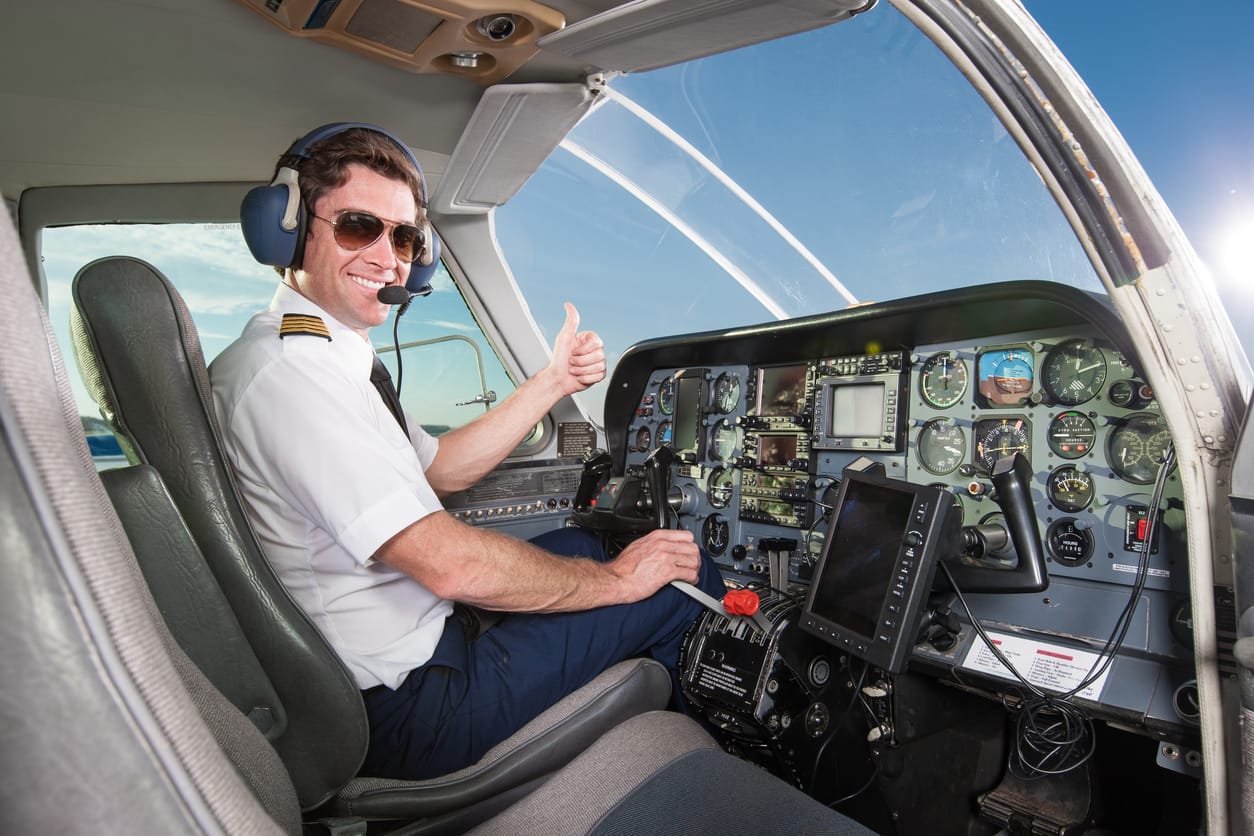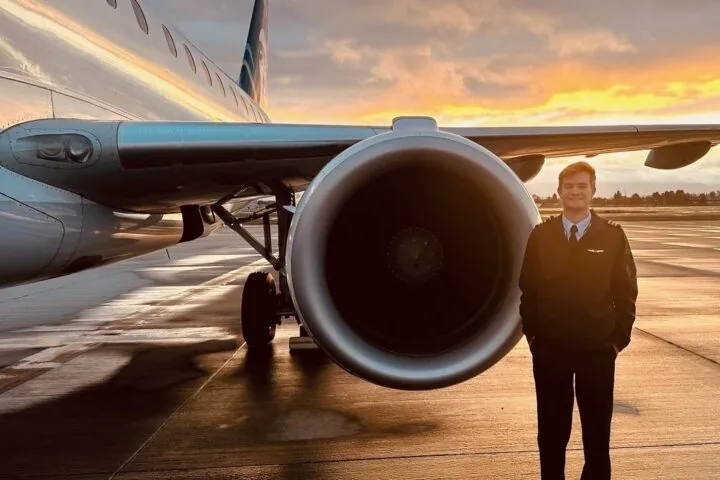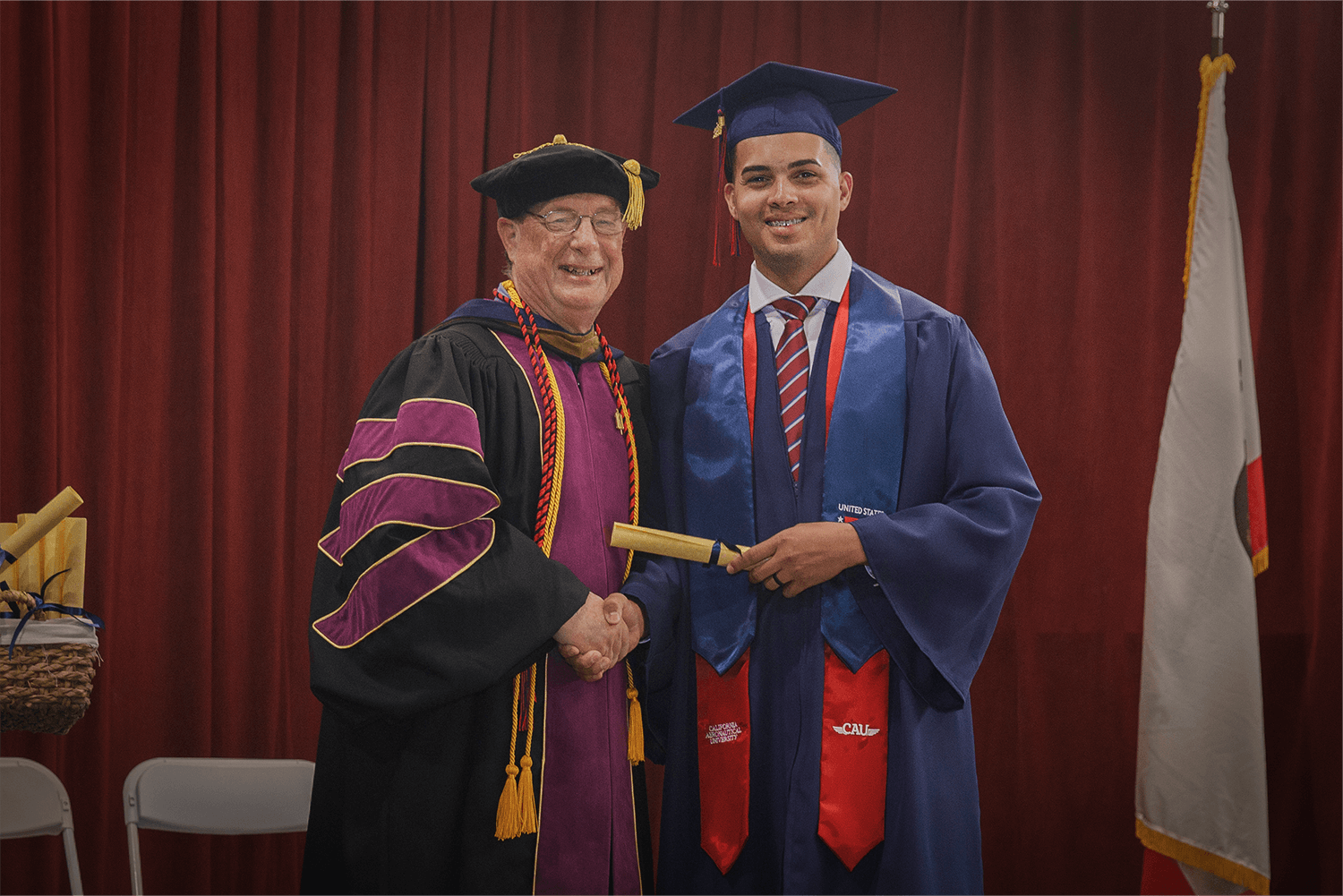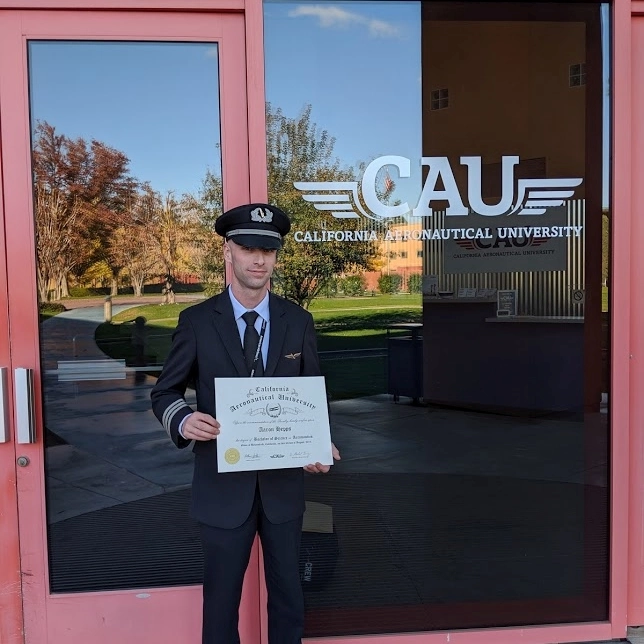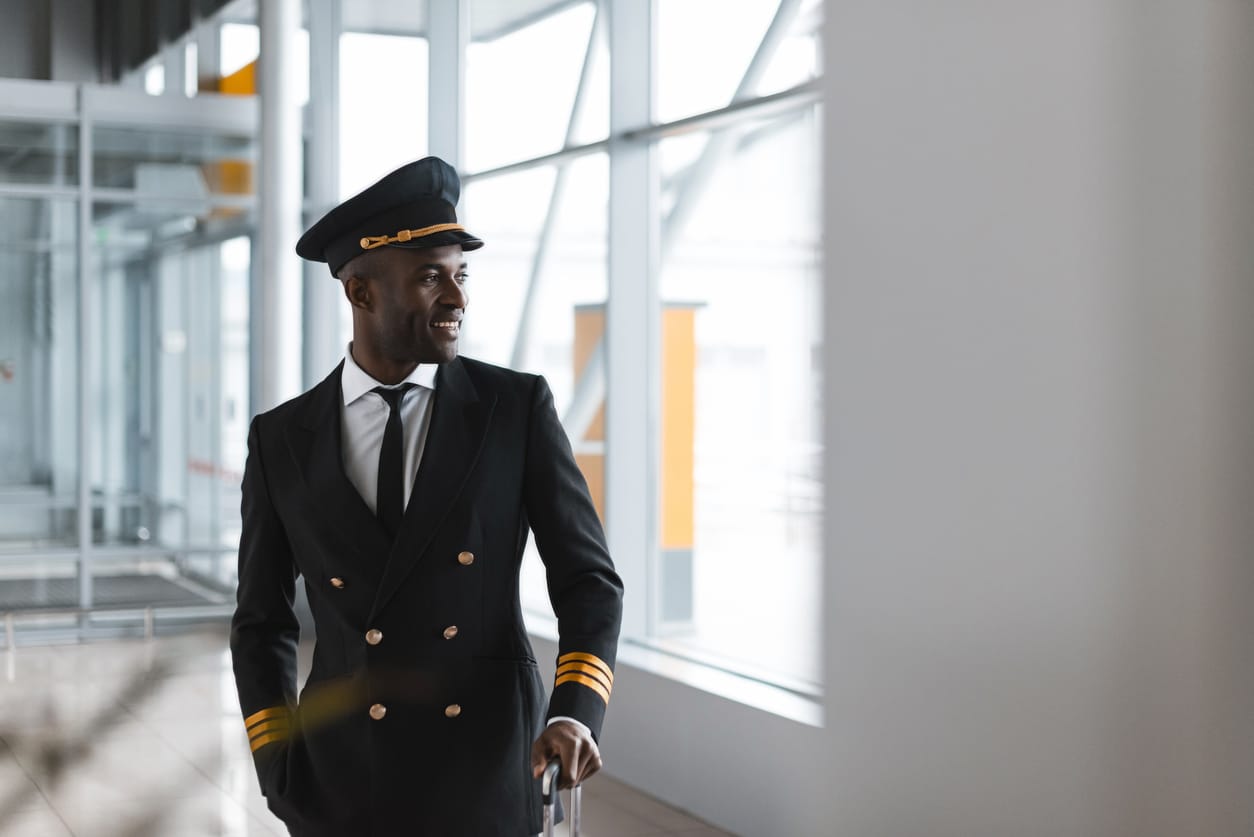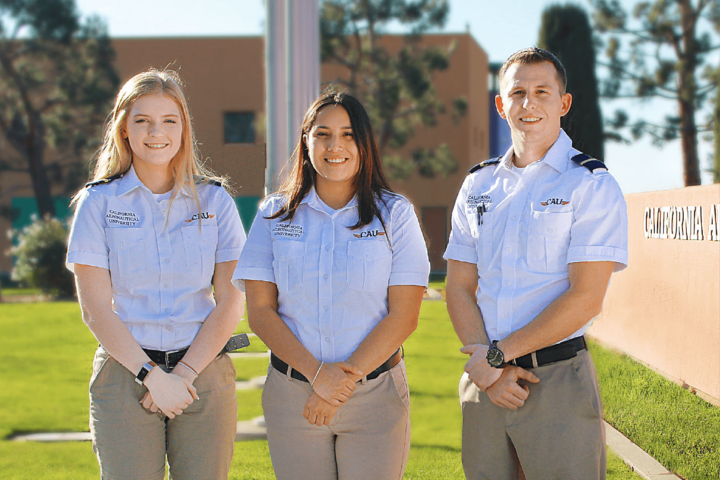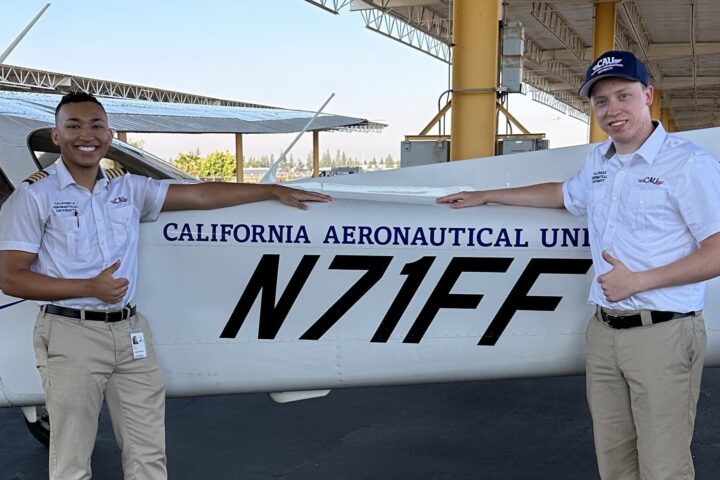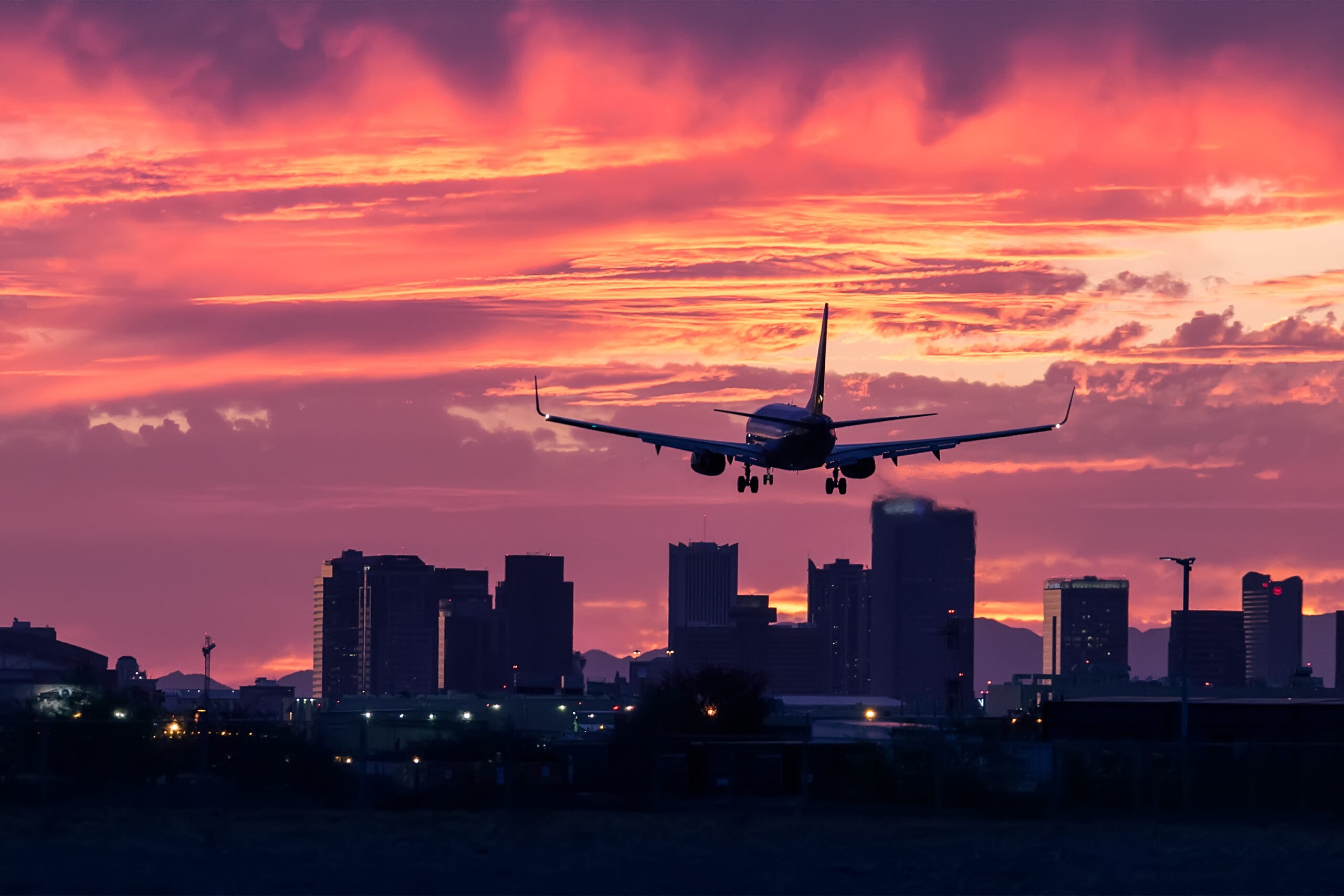The answer to the first question depends on what kind of pilot you want to be. There is, however, a clear pathway for those who are motivated to learn to fly. An essential step in becoming a pilot is understanding that educational learning on the ground is as important as practical training in the air. Another important step is deciding what kind of flying you want to do. This will determine which pilot certificate you will need.
Student Pilot Certificate
A student pilot certificate is one of the first certifications you can receive when learning to become a pilot. To obtain a Federal Aviation Authority Student Pilot certificate, you must meet minimum eligibility requirements (16 years of age and simple English fluency). You will also need to get a medical certificate, complete an application and be familiar with FAA rules and regulations. After your information is submitted, processed, and reviewed, your student pilot certificate should be mailed to you within three weeks.
Before you can fly on your own, you will need an approved flight instructor to endorse your pilot’s logbook. This approval for solo flying also includes passing a written test. When you have shown your proficiency and received the endorsement, you have 90 days to fly your maiden flight. You may not carry passengers with a student pilot certificate, but it is necessary to get one, as it is a prerequisite to every other pilot certification.
Private Pilot Certificate
A private pilot certificate enables you to fly a small aircraft by yourself. There are few restrictions on where and what you can fly with a private pilot license (certain aircraft types may require additional training). You can also carry passengers, but you still cannot be recruited or paid to fly. Similar to a student pilot certificate, there are also mandatory FAA requirements to be eligible for a private pilot license regarding minimum age (17 years old) and simple English fluency. Medical certification is also required. However, this is where the similarities end.
To obtain a private pilot certificate, you need documented proof of ground training from either a Part 61 or 141 school, an authorized instructor, or an online or home-study course. Additionally, you will need to accumulate a minimum of 40 hours of flight time with an authorized instructor. The educational training must prepare you to pass a written knowledge test with a score of 70% or better. After you pass your test, your final step is completing a practical flight test by an FAA inspector or a Designated Pilot Examiner (DPE).
How long will it take to get a private pilot certificate? One could probably “cram” through some computer courses, find a flight instructor to fly with for the minimum time requirements, and get a private pilot certificate in as little as two months. But when you think about the moral and safety obligations of flying an aircraft…that might not be the best decision. There are many reputable schools, courses, and instructors; please keep our skies safe and take the recommended 4-9 months or more (depending on how much time you need to internalize the lessons and how you schedule your flight hours).
Commercial Pilot Certificate (and Beyond)
Commercial pilots must have a significantly greater level of expertise and training. You will need a commercial certificate (at the very least) if you want to get paid to fly. With this license, job options include being a corporate or charter pilot, a flight instructor, and more. Getting a commercial pilot license requires either 190 or 250 hours of pilot training time, broken down into specific categories (not including ratings and certificates) – the flight time difference depends on whether you train at a Part 61 school or a Part 141 school.
You will also need to score at least 70% on the commercial pilot written test, earn the appropriate logbook endorsements, and successfully pass your commercial pilot check-ride. Of course, you must also already have your private pilot certificate before you begin. The time it takes to earn a commercial pilot license varies, and often depends on the ratings and certificates mentioned above.
But those ratings and certificates can be significant, and while they may add some months to your training, they will also add vital skills that can open up new opportunities. Once you hold a commercial pilot certificate with an instrument rating and have logged 1,500 flight hours, you become eligible for an Airline Transport Pilot (ATP) and/or Certificate Training Program (CTP) (provided that you are at least 23 years old, with some exceptions). With an ATP certificate, you can be qualified to fly for regional and commercial airlines.
Is an Aeronautical University a Good Fit for You?
There are several ways to pursue an aviation career – but being a pilot is not just logging time and earning certificates. According to FAPA.aero, over 93% of major airline applicants have a bachelor’s degree – and that is only one of the many advantages an aeronautical university has to offer. Is it the right fit for you?
An Accelerated Approach
If you choose a Part 141 aviation university, it may take less time to acquire ratings and certifications because they use a structured FAA-approved curriculum. (This consistency in instruction also means that your training will probably be more thorough, with no knowledge gaps.) Along with earning the FAA certifications, students can also get a college degree which can open up more opportunities for their aviation careers.
Financial Aid Opportunities
In addition to the many scholarship opportunities available to pilots in training, most aeronautical universities offer financial assistance to those who qualify. Federal grants and loans from the government may also be accessible to you at this level (note – please check with each university you are interested in attending for their grant application procedure). If you are a military veteran, many aviation universities also accept GI Bill® benefits.
Flight-Hour Reduction
One of the most potentially significant benefits of choosing a Part 141 aeronautical university happens when you are ready for your Airline Transport Pilot (ATP) certificate. Eligible students can receive a 250-500 flight-hour reduction to earn a restricted ATP. This means with just 1,000-1,250 hours of flight time, instead of the full 1,500 you just read about above, you may have the opportunity to become a co-pilot or first officer (applicable with a restricted ATP, with few limitations). Additionally, graduates of these programs can also apply for a restricted ATP at age 21 (those who don’t study at a Part 141 school have to be 23).
Whatever kind of pilot you want to be, CAU aviation programs can help you reach your goals. There are campus locations in both California and Arizona. According to the Bureau of Labor Statistics, the overall job outlook is encouraging: employment of airline and commercial pilots is projected to grow 13% from 2020 to 2030, faster than the average for all occupations. Contact CAU today to meet with an admissions associate and schedule a tour.
Ready to soar in your aviation career?
Mr. Matthew A. Johnston has over 23 years of experience serving various roles in education and is currently serving as the President of California Aeronautical University. He maintains memberships and is a supporting participant with several aviation promoting and advocacy associations including University Aviation Association (UAA), Regional Airline Association (RAA), AOPA, NBAA, and EAA with the Young Eagles program. He is proud of his collaboration with airlines, aviation businesses and individual aviation professionals who are working with him to develop California Aeronautical University as a leader in educating aviation professionals.

